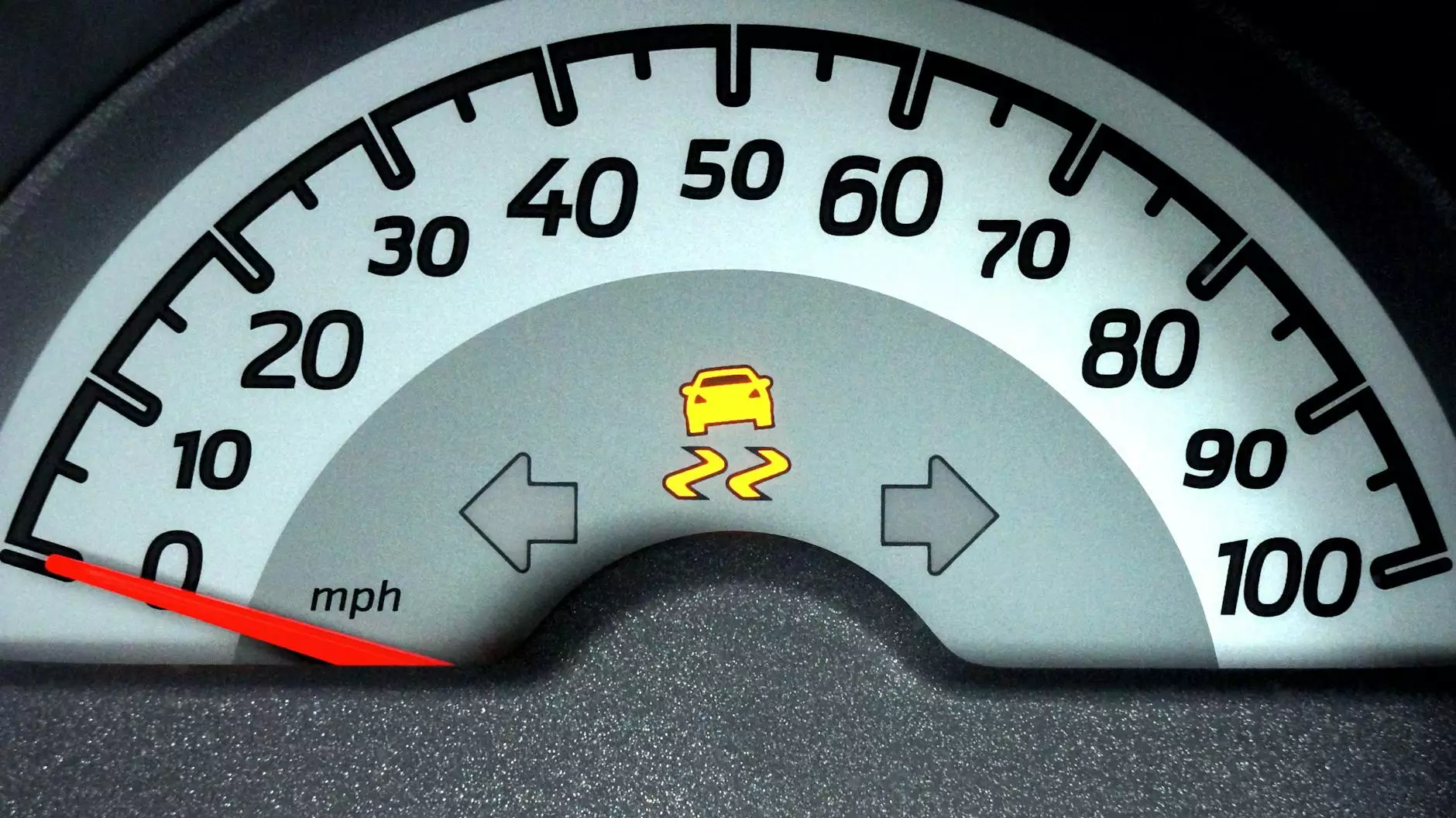How to Make Concrete Steps Non-Slip for Safety and Longevity

Concrete steps are an essential feature of many homes and businesses. However, their smooth surfaces can often become hazardous, especially when wet or icy. To safeguard against slips and falls, it’s imperative to make concrete steps non-slip. In this comprehensive guide, we will explore various methods to achieve this, enhancing safety, aesthetics, and longevity of your concrete surfaces.
Understanding the Need for Non-Slip Surfaces
With safety being a top priority for both homeowners and business operators, making concrete steps non-slip is crucial. Here are some key reasons for ensuring your concrete surfaces are safe:
- Prevent Accidents: Slips, trips, and falls are among the leading causes of injuries at home and work.
- Enhance Safety: Non-slip surfaces provide better traction, significantly reducing the risk of accidents.
- Increase Property Value: Well-maintained and safe walkways can enhance the overall appeal of a property.
- Lower Liability Risks: Businesses can reduce the risk of lawsuits related to slip-and-fall accidents.
Factors Contributing to Slippery Concrete Steps
There are several factors that can cause concrete steps to become slippery:
- Weather Conditions: Rain, ice, and snow can create slick surfaces.
- Surface Wear: Over time, foot traffic can wear down the texture of concrete, leading to smooth surfaces.
- Lack of Texture: Newly poured or improperly finished concrete often lacks the texture needed for traction.
Methods to Make Concrete Steps Non-Slip
There are several effective methods and products you can use to achieve non-slip concrete steps. Here, we detail various strategies:
1. Textured Concrete Finishing
One of the most effective ways to make concrete steps non-slip is to create a textured surface during the installation process. Here’s how:
- Use a Broom Finish: A broom finish is achieved by dragging a broom across wet concrete to create a textured appearance. This provides excellent traction.
- Exposed Aggregate: This technique involves removing the top layer of cement to reveal the aggregate (stones) beneath, providing a natural non-slip surface.
- Stamped Concrete: Decorative stamp patterns can be applied in wet concrete that adds texture while maintaining aesthetic appeal.
2. Slip-Resistant Coatings
For existing concrete steps, applying a slip-resistant coating can significantly enhance safety:
- Epoxy Coatings: These coatings create a durable, slip-resistant surface and are available in various colors. They are ideal for outdoor and indoor concrete steps.
- Anti-Slip Paints: Special paints are formulated with aggregates to provide a textured finish that resists slipping.
- Sealants with Grit Additives: Applying sealants to concrete can enhance durability while adding a gritty texture for improved traction.
3. Non-Slip Tapes and Strips
For a quick and effective solution, consider using non-slip tapes and strips:
- Adhesive Non-Slip Tapes: These are specially designed tapes that can be applied to the surface of your steps to provide immediate traction.
- Rubberized Non-Slip Strips: These strips usually come in various sizes and can be cut to fit your steps, providing a durable anti-slip surface.
4. Grit Additives for Concrete Sealer
Incorporating grit additives into your concrete sealant can also improve traction:
- Silica Sand Additives: Mixing silica sand into a clear concrete sealer increases surface roughness, resulting in better grip.
- Polymer Grit Additives: These alternatives to sand offer excellent durability and resistance to wear and weather conditions.
5. Regular Maintenance
Even after making your concrete steps non-slip, regular maintenance is crucial:
- Cleaning: Regular cleaning to remove dirt, algae, and moss can prevent slippery conditions.
- Inspection: Regularly check your steps for wear and tear; reapply coatings or replace tape as needed.
Choosing the Right Professionals for Installation
If the task of making your concrete steps non-slip seems daunting, hiring professionals might be the best approach. Here’s why working with a trusted service, like ND Clean can be invaluable:
- Expertise: Professionals have the knowledge and experience to assess your specific needs and recommend the best solutions.
- Quality Products: A reputable service can provide high-quality materials that ensure durability and effectiveness.
- Efficient Installation: Time is money; professionals can complete the job efficiently, often in less time than DIY efforts.
- Warranty: Many professional services offer warranties on their work, providing peace of mind.
Conclusion
Ensuring your concrete steps are non-slip is not just a matter of aesthetics; it is an essential component of safety. With various methods available—ranging from textured finishes during installation to the application of anti-slip coatings and tapes—there are numerous options to suit both new and existing concrete steps. Regular maintenance further ensures that your surfaces remain safe over time.
By taking the time to make concrete steps non-slip, you are investing in the safety and longevity of your property, whether it's for personal use or commercial purposes. For those seeking professional help, do not hesitate to reach out to experts who can guide you through the process and ensure optimal results.









